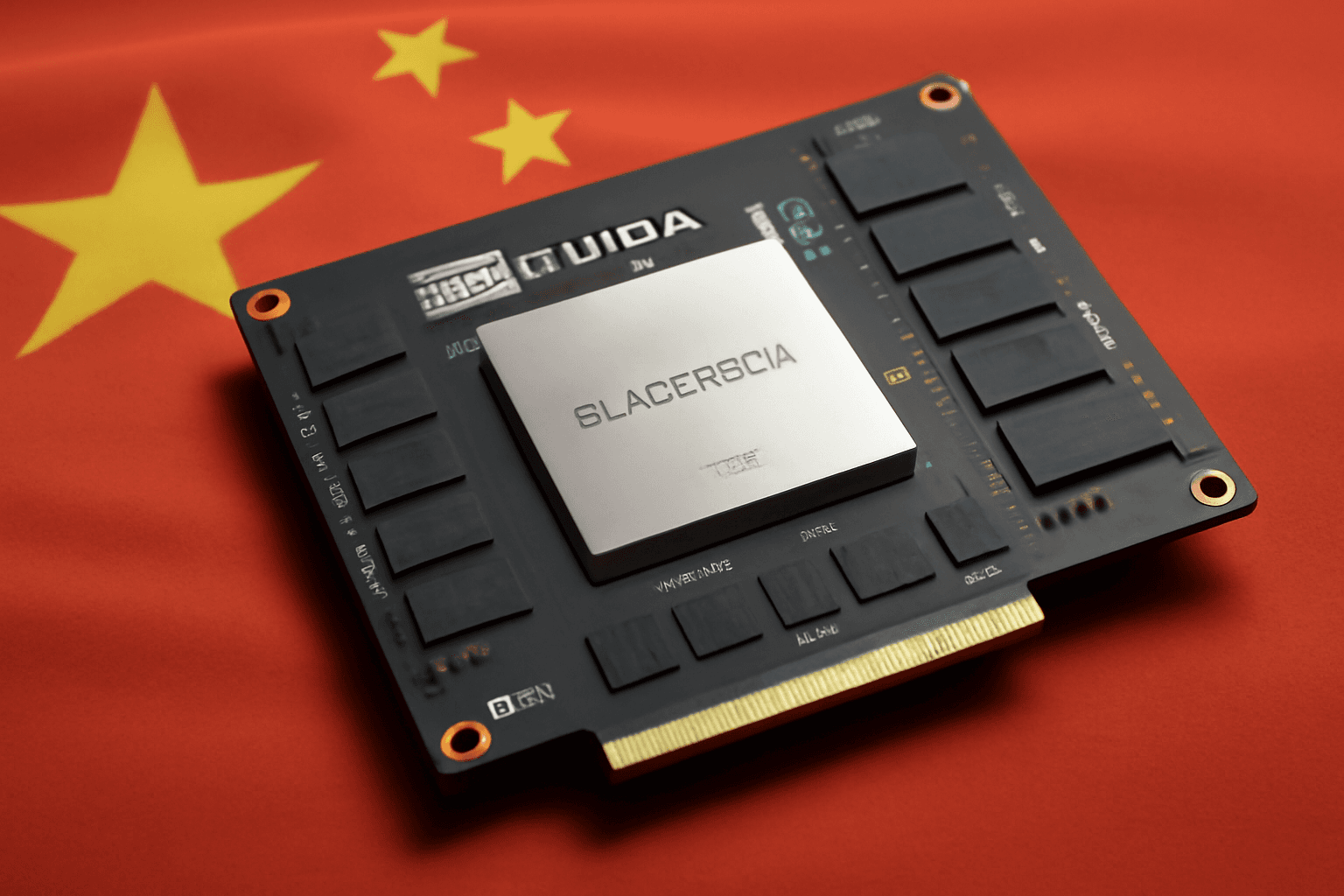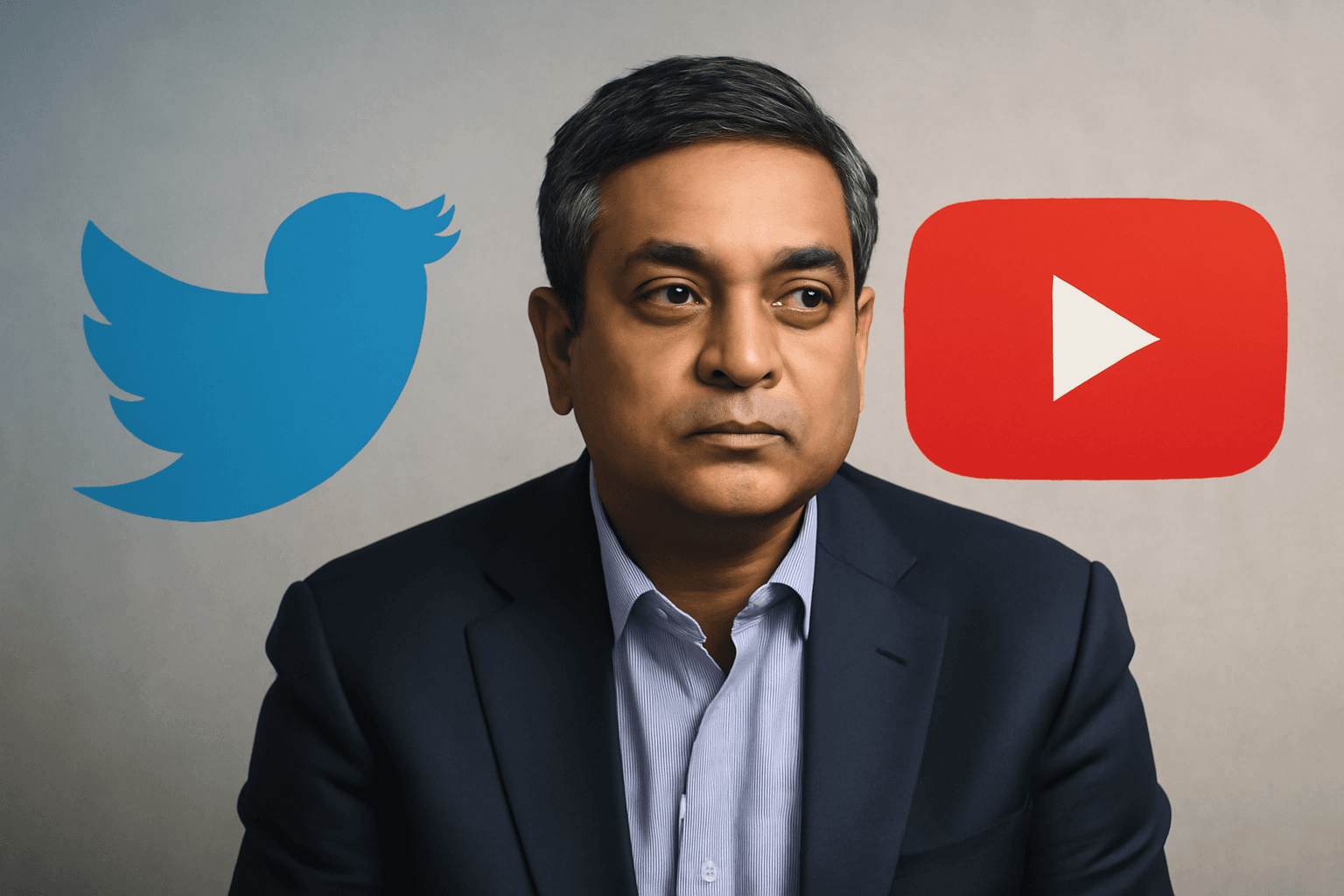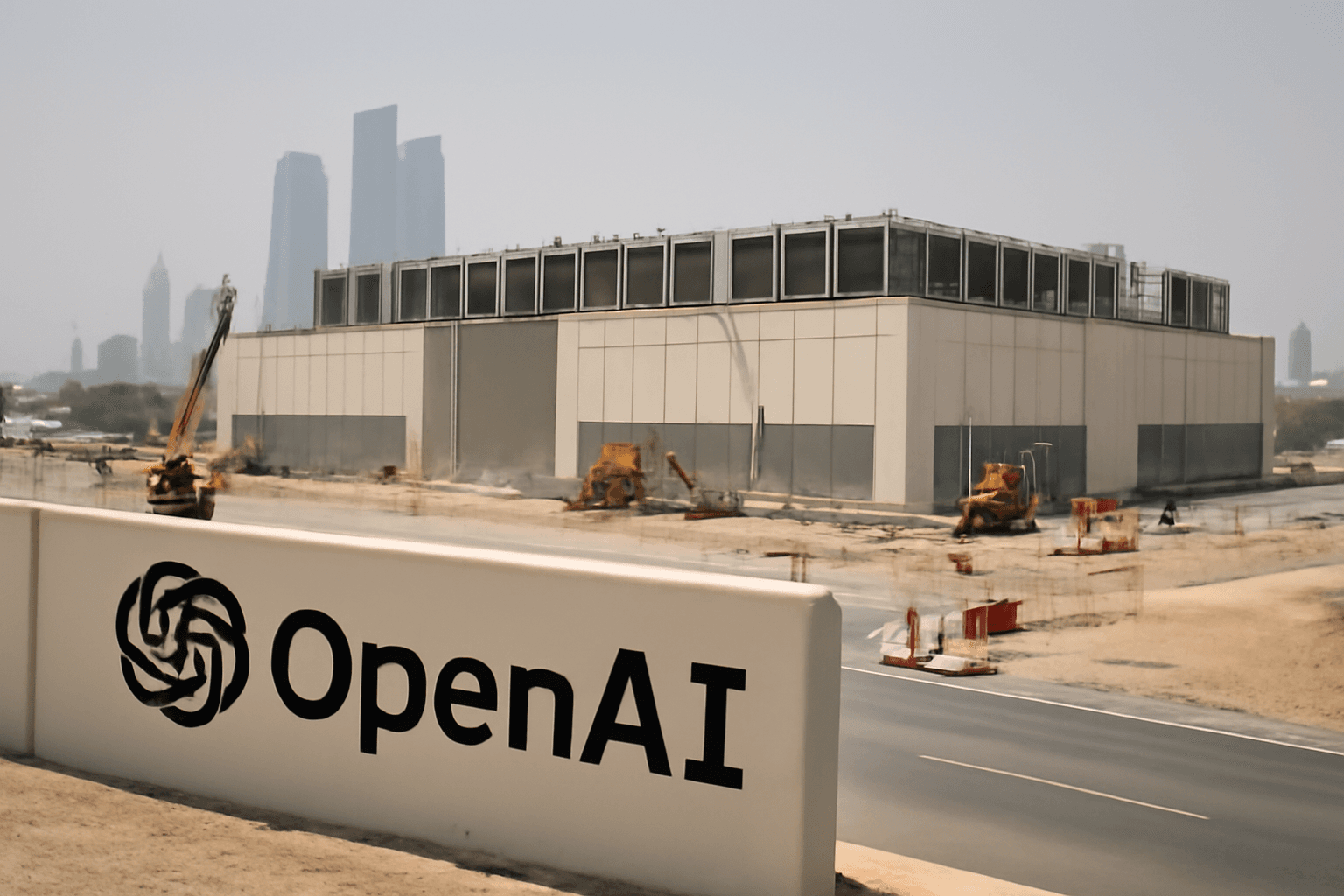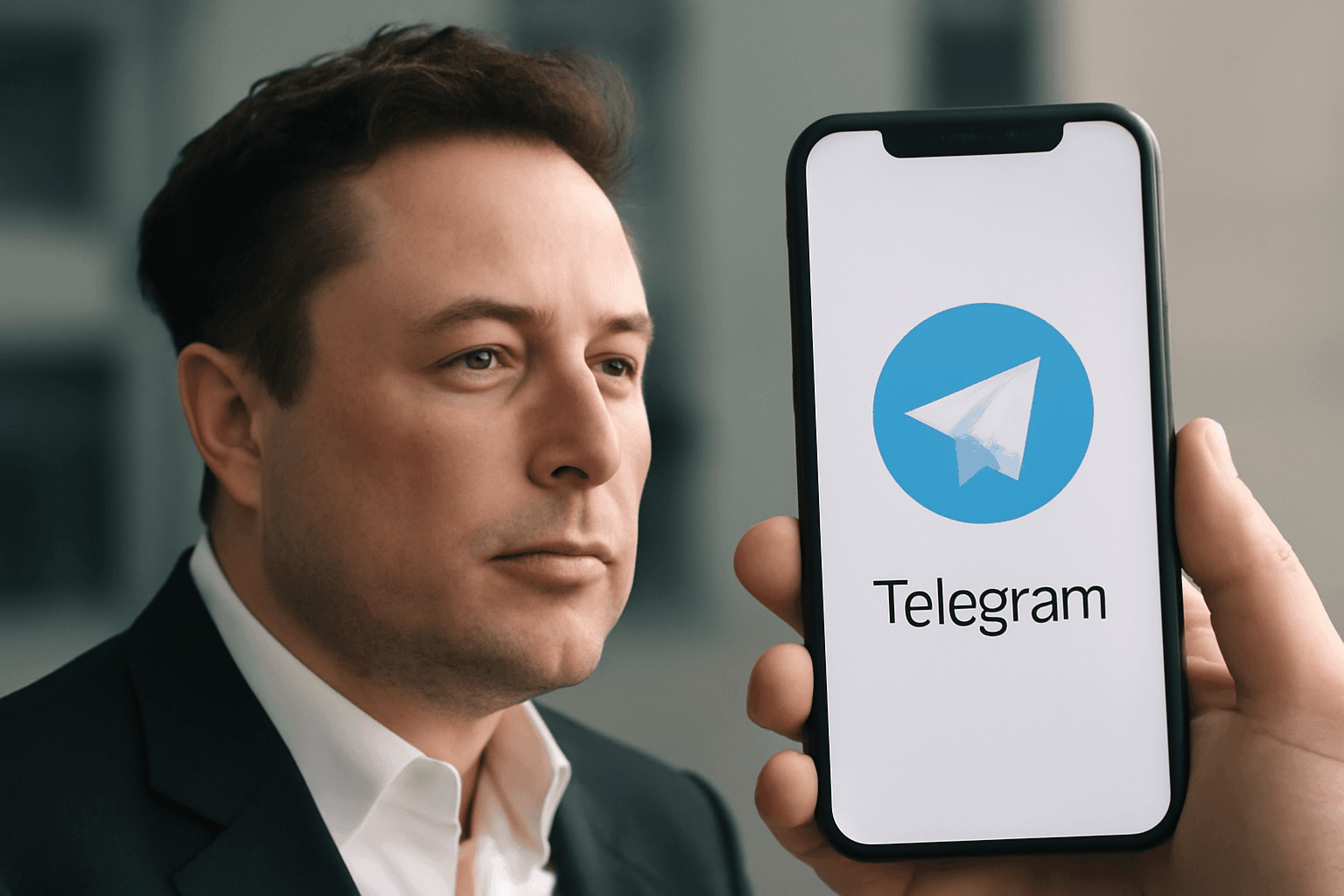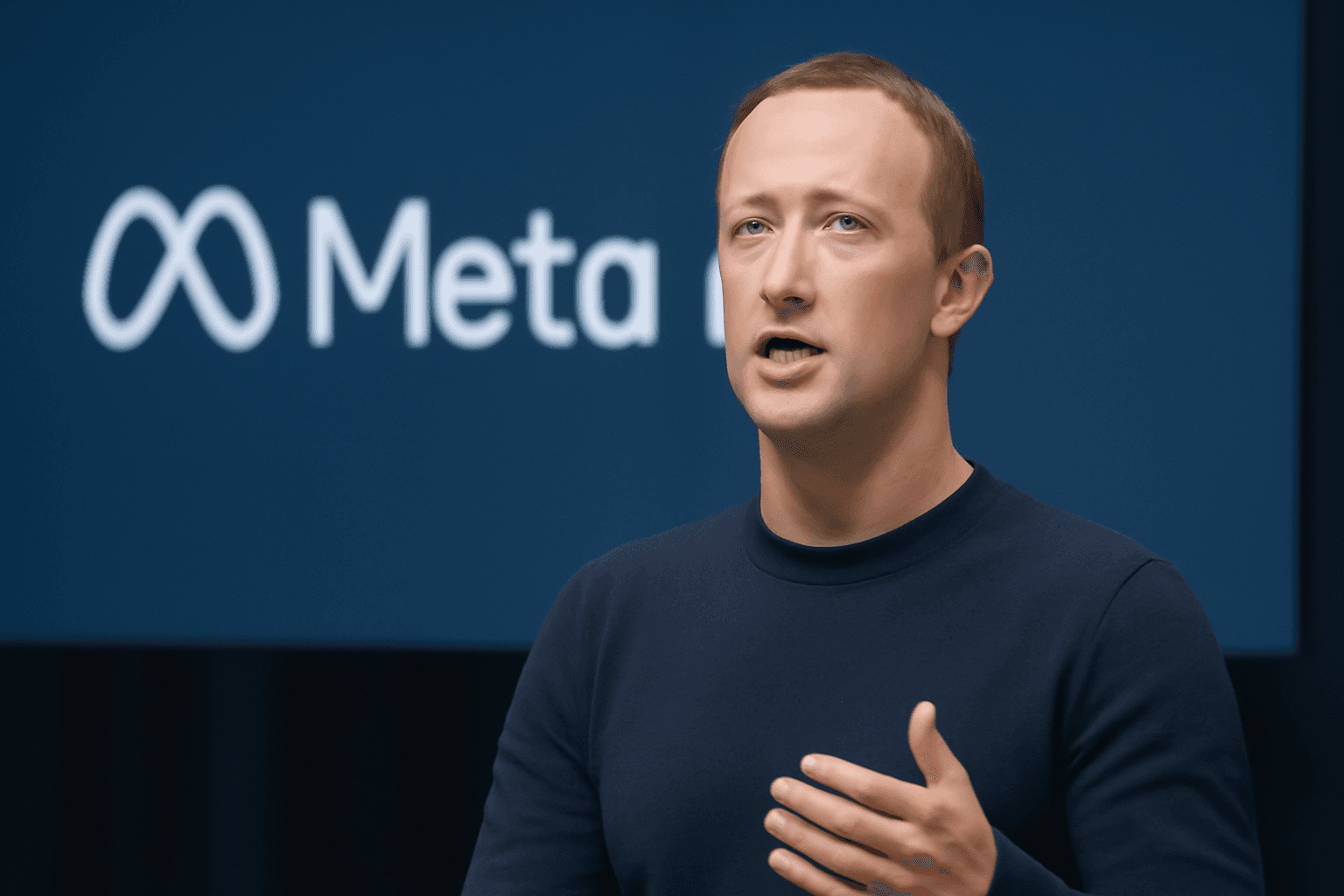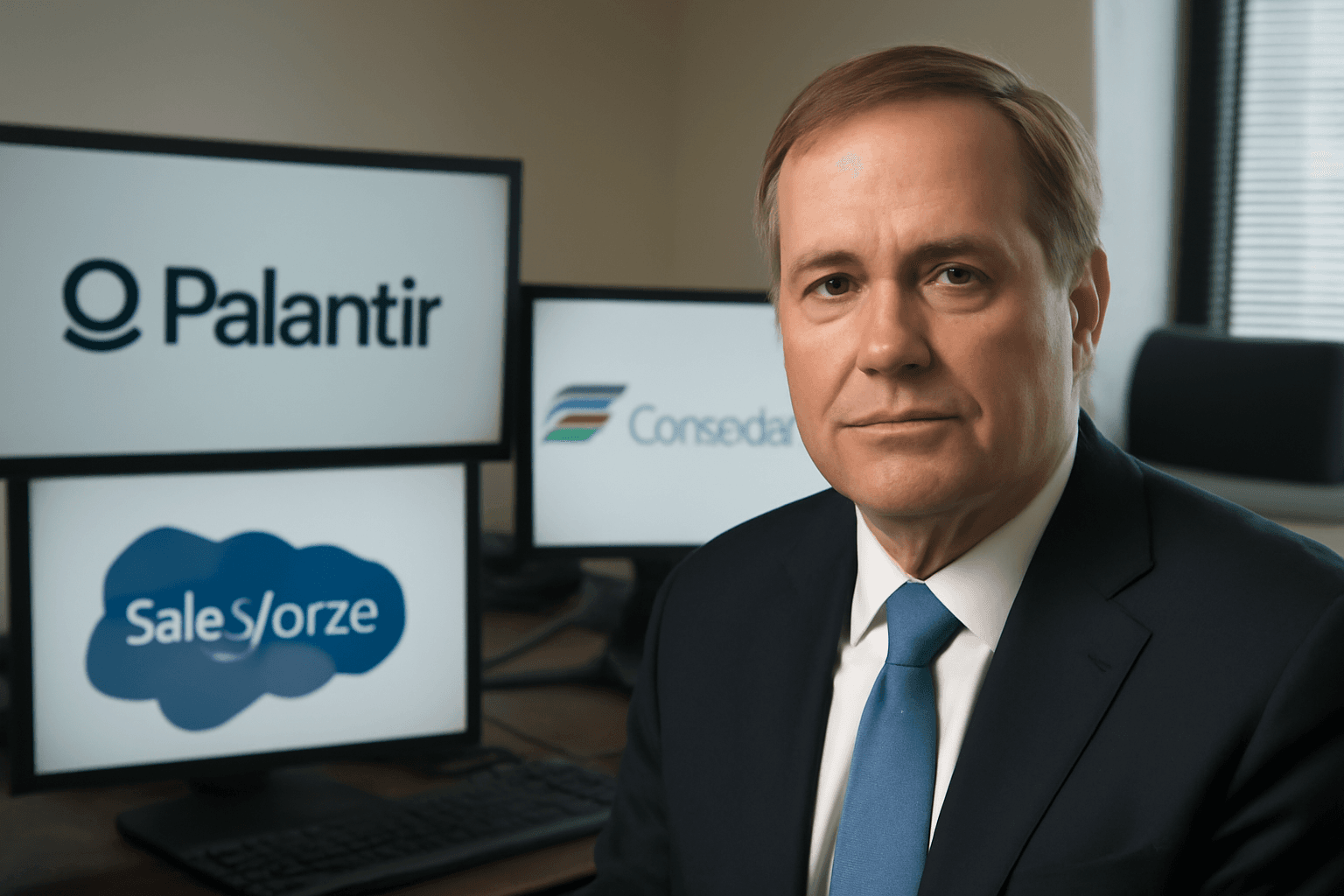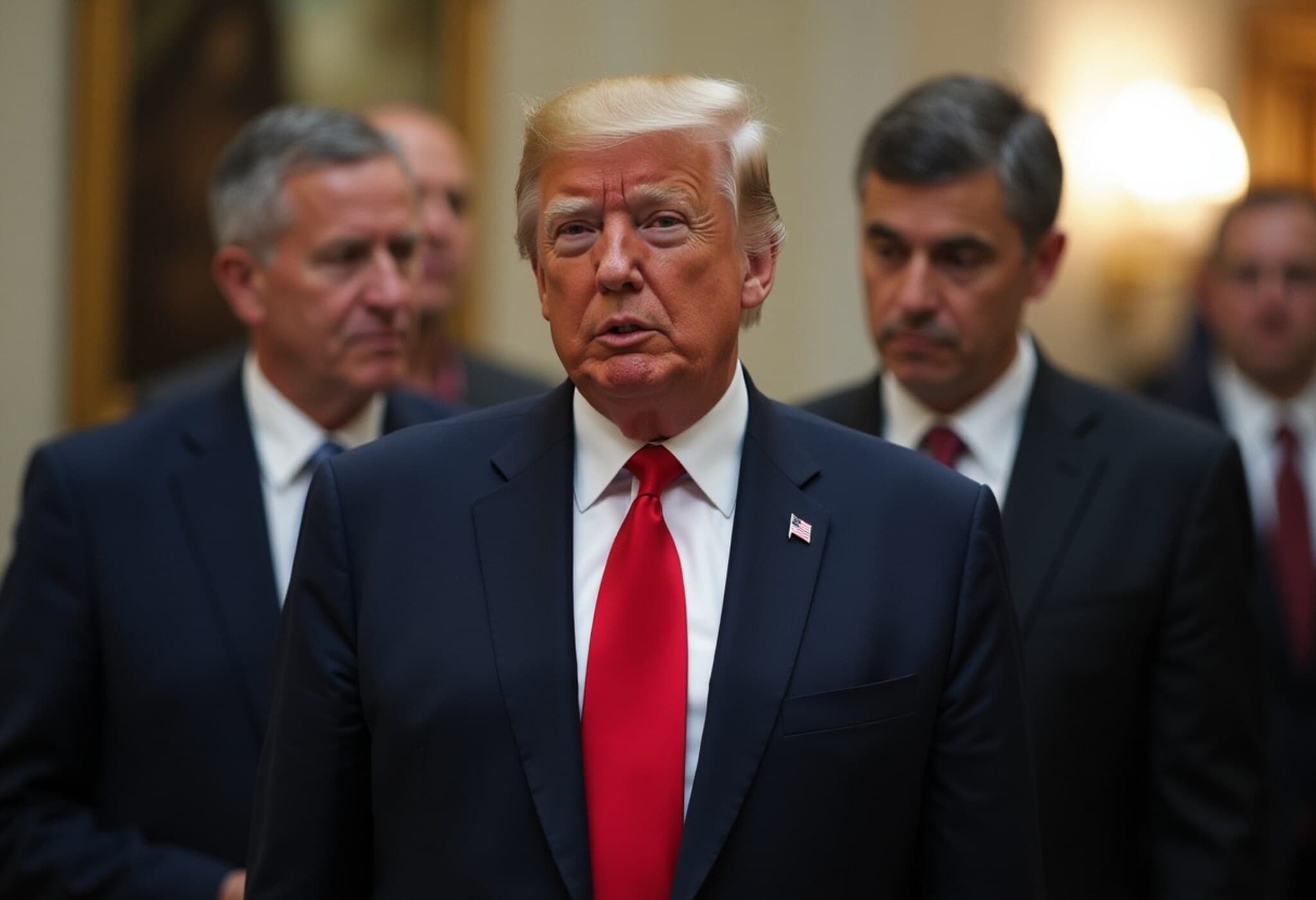Microsoft’s Satya Nadella Opens Up About 2025 Layoffs
In an unusually candid communication, Microsoft CEO Satya Nadella addressed the company’s workforce reductions this year, describing how the impact of cutting over 15,000 jobs has weighed heavily on him personally. Nadella's message, sent to the company’s 200,000+ employees on July 24, 2025, comes amid an intense period of transformation within the tech giant and the broader industry.
Context: A Challenging Year for Tech Employment
Microsoft’s layoffs are part of a wider trend reshaping the technology sector, with over 80,000 roles eliminated across major firms in 2025. Companies like Recruit Holdings, which recently announced cuts of 1,300 positions in their human resources technology divisions, cite economic pressures and the rapid evolution of artificial intelligence (AI) as key factors.
Within this context, Microsoft’s job cuts — though difficult — have been paired with strong financial outcomes. Following the layoffs announced in early July, Microsoft’s stock surged past the $500 mark for the first time ever on July 9, signaling investor confidence despite internal upheaval.
“The Enigma of Success” in a Rapidly Changing Industry
Nadella illustrated the complex nature of the tech landscape, noting: “This is the enigma of success in an industry that has no franchise value. Progress isn't linear. It's dynamic, sometimes dissonant, and always demanding.” His reflections underscore how businesses must constantly evolve amidst disruptive innovations — particularly AI, which Microsoft has aggressively embraced.
Balancing Business Realities with Corporate Values
While investors have applauded the moves, morale among some employees tells a different story. On platforms like LinkedIn, insiders have expressed feelings of disillusionment:
- “I have loved working for this company, still do, but this has done so much damage to that loyalty because it has shown that Microsoft's espoused values do not apply to business decisions at the macro level,” wrote one Microsoft employee.
This sentiment highlights a growing tension within trusted tech behemoths — how to stay true to foundational values while navigating economic headwinds and sector-wide disruptions.
AI's Transformative Role in Microsoft’s Future
Nadella’s memo went beyond the layoffs, painting a vision for Microsoft’s evolving mission in the AI era. He emphasized the shift from traditional software development to becoming an “intelligence engine empowering every person and organization to build whatever they need to achieve.”
This means reimagining empowerment not just as providing pre-built tools, but enabling users to create new tools themselves — a profound shift that reflects broader industry movements toward democratizing AI capabilities.
Microsoft’s strong foothold in cloud computing through Azure, its continued dominance with Windows and Office, and strategic investments in Nvidia GPU-powered AI infrastructure have positioned it at the forefront of this change. However, the path includes hard choices, as seen with workforce realignments.
What Lies Ahead?
Looking forward, Microsoft will release its fiscal fourth-quarter results soon. Stakeholders will keenly watch how the company balances innovation-driven growth with the social and human costs of its restructuring.
Expert Insights: The Broader Implications for Tech and Labor Markets
From a policy perspective, the scale of tech layoffs despite record profits raises critical questions about labor market dynamics in high-tech economies. The AI-driven “skills shift” demands robust reskilling programs and social safety nets to soften transitions for displaced workers.
Moreover, Nadella’s remarks challenge companies globally to reflect on leadership responsibilities. How can firms remain competitive without eroding employee trust and loyalty? And how will regulatory frameworks adapt to safeguard workers while fostering innovation?
Editor’s Note
Satya Nadella’s personal acknowledgment of the pain caused by layoffs at Microsoft adds a rare human dimension to the often impersonal narrative of tech industry cuts. As AI reshapes work and business models, this story invites us to scrutinize not only financial metrics and technological milestones but also the human cost and corporate accountability. The future of work is here, but it demands a balanced synthesis of innovation with empathy and sustainable employment practices.
What remains to be seen is how Microsoft and its peers will navigate these complex challenges while striving to maintain their role as global technology leaders.







